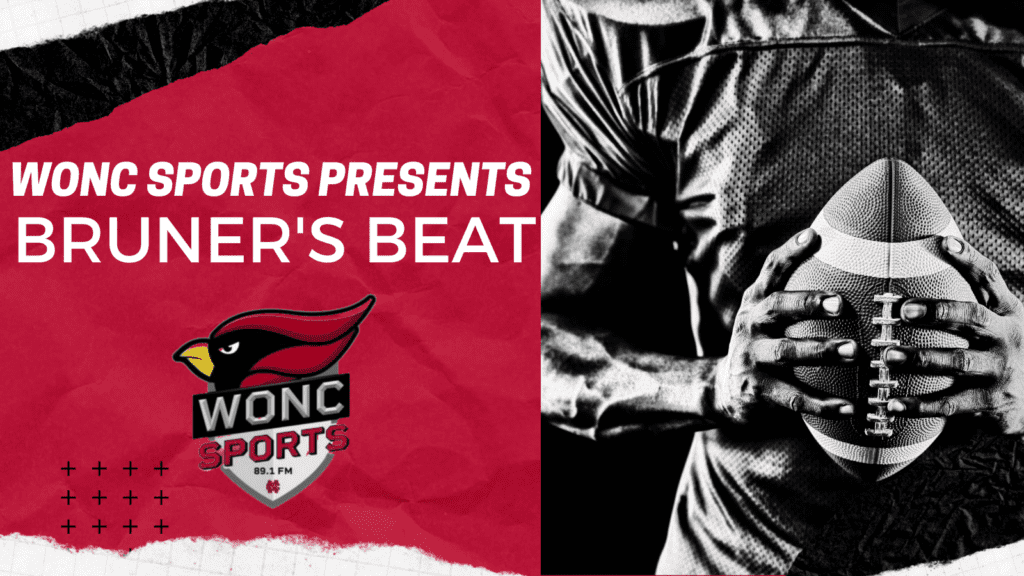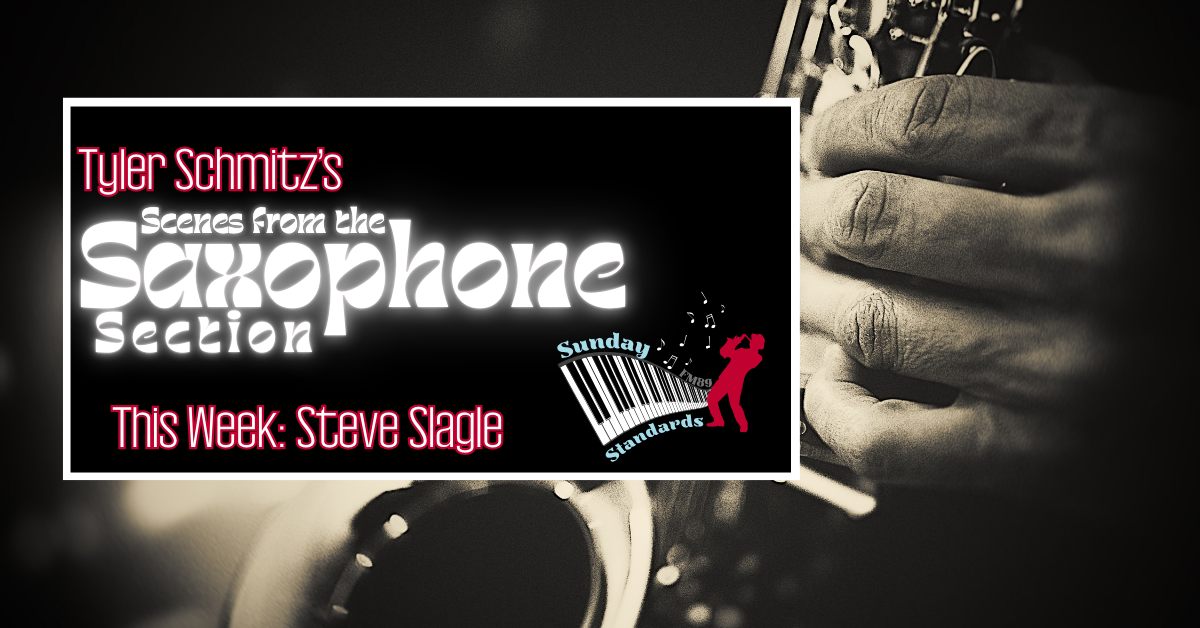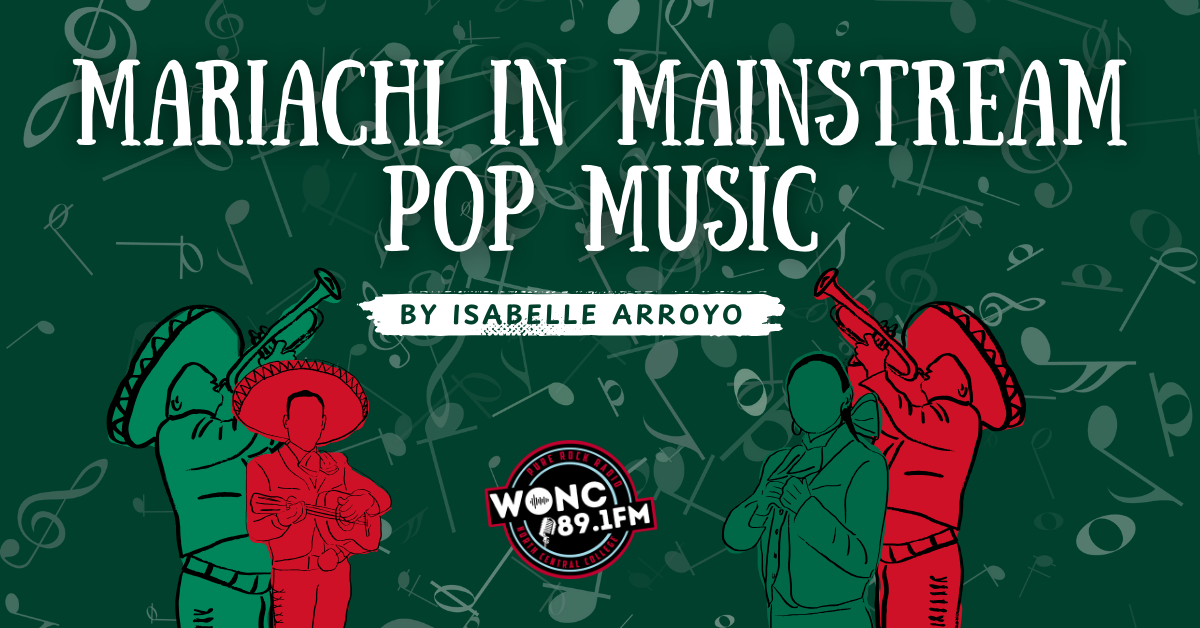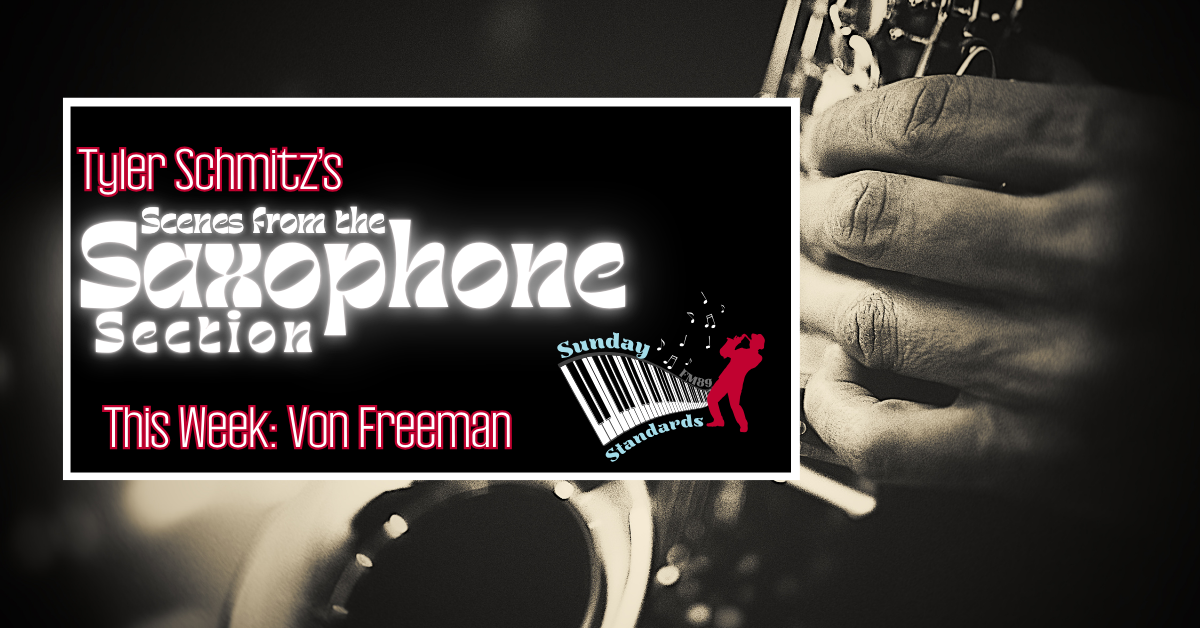by Evan Bruner
No sport in the United States has been able to maintain the popularity that football has. For decades, millions have dropped what they’re doing to watch collegiate or professional football. Football is an art, and when played the right way, it can be beautiful. But like art, football can come in many different forms. For as aesthetically pleasing as it can be at its best, it can also be terrifying at its worst. Thursday night’s game between the Miami Dolphins and the Cincinnati Bengals was yet another reminder of that.
What was supposed to be an exciting game between two teams with playoff aspirations took a turn when Miami’s starting quarterback Tua Tagovailoa was knocked unconscious late in the first half. All forms of traumatic brain injuries are concerning, especially for a sport that’s struggled with maintaining player safety. But Tagovailoa’s situation was different from most concussions seen in the NFL. The most obvious difference was his fencing response. This is when the arms go into an unnatural position as a response to a brain injury. It’s typically associated with more severe head injuries and is rare enough on the football field that many fans and even players were unaware of what they were witnessing.
This incident came just days after Tagovailoa briefly left Miami’s week three matchup against the Bills after seeming to lose his balance after hitting his head. He returned to the game, and the Dolphins remained adamant that the injury was back-related and not of the head or neck variety. However, many doctors questioned this ruling since the visible symptoms of Tagovailoa’s injury seemed to line up much more with a concussion than a back injury. The NFLPA even announced an investigation into the matter earlier in the week.
Had Tagovailoa finished Thursday Night’s game without any issue, this incident likely would have been forgotten by mid-season. But instead, it’s been brought to the forefront of sports media. The Dolphins’ medical and coaching staff, as well as the NFL as a whole, have all been thoroughly criticized. While it’s impossible to know how much of a role Tagovailoa’s suspected head injury from week three played in his latest one, basic neuroscience tells us there’s likely a connection. When damaged, the brain needs time to recover, and if the necessary steps aren’t taken for the brain to properly heal, the risk of suffering a more severe injury to that area rises.
If Tagovailoa did suffer a brain injury of any kind in week three, it wouldn’t be scientifically possible for his brain to make a complete recovery in such a short time. A brain that’s still in the recovery stage is far more susceptible to further injury. This could explain why Tagovailoa’s response to his latest injury was more pronounced than typical brain injuries.
This incident just highlights the ongoing issues with the NFL’s management of player safety. In a league where players can get cleared to compete less than a week after suffering a concussion, it’s fair to question whether player safety is really the NFL’s top priority. The brain is a delicate structure that, when damaged, can often take several weeks to reach a full recovery. Additionally, football players would have to be more cautious than other athletes since hits to the head or neck area are a part of the sport. The NFL wants its athletes to stay safe, but it also wants them out on the field. It’s easy to see how this creates a conflict of interest.
Tagovailoa’s injury was a sight that no fan or player ever wants to see, but unfortunately, it might be what had to happen for the NFL to re-evaluate its treatment of concussions and other brain injuries. This issue is far bigger than Tagovailoa, the Dolphins, or even the NFL, for that matter. It’s about the sport of football and the players who put their health on the line to play it.







